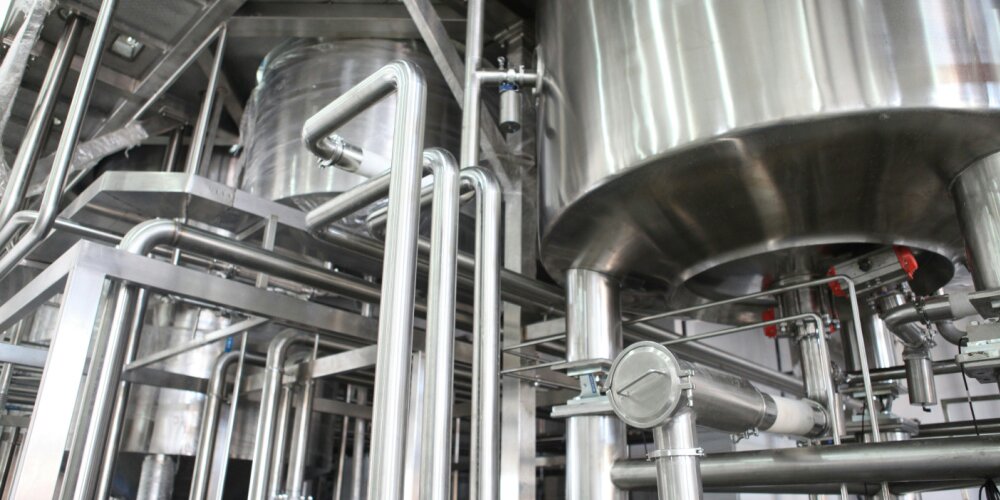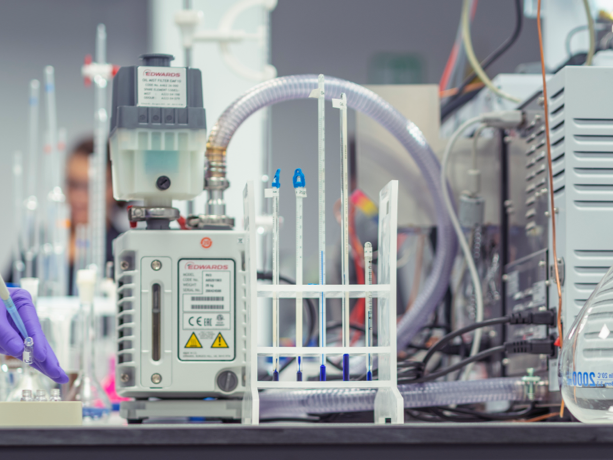Scientists Produce Glycerol Carbonate From Industrial Waste Materials

Recapturing waste materials and finding new uses for them is a vital component of a circular material economy, and can have a massive impact on the sustainability of different processes. It’s in this spirit of finding alternative uses for seemingly low economic value ‘waste’ products, that a new method for creating glycerol carbonate is being explored.
Glycerol is a naturally-occurring alcohol, and is one of the main by-products produced during the manufacture of biodiesel. As we steadily make the shift from petroleum-based fuelling systems to more sustainable alternatives, biodiesel production has ramped up – and with it, the stocks of glycerol. So, scientists have been looking for valuable ways to reuse this material.
Led by a joint team of scientists from the Centre for Integrated Technology and Organic Synthesis (CiTOS) at the University of Liège and the Centre for Studies and Research on Macromolecules (CERM), the study proposes a new method for creating glycerol carbonate from industry by-products – namely the glycerol left over from biofuel manufacture, and CO2.
Previous methods for creating glycerol carbonate have so far proved to be slow and expensive, leading to a low economic viability. However, the team, led by Jean Christophe Monbaliu, was able to come up with a more efficient method to speed up production, and improve the overall yield.
Using 2-tert-Butyl-1, 1, 3, 3-tetramethylguanidine – or Barton’s base – as a catalyst, the researchers were able to successfully carbonate the glycerol with impressive results. With a conversion and selectivity possible in less than 30 seconds, and an output of 3.6kg per day, this study is an impressive step towards faster, more commercially-available glycerol carbonate technologies.
But why is this important? By combining this waste glycerol with carbon dioxide, we’re effectively getting a three-for-one combination deal; the glycerol stocks are being used rather than wasted, CO2 is being used rather than acting as a pollutant, and the resultant material of glycerol carbonate has plenty of potential applications.
For example, glycerol carbonate could become a safer electrolyte carrier for lithium batteries, as it’s much less flammable than ethylene and propylene carbonates. It may also find potential uses as a greener solvent, fuel additive, or biolubricant.
Witnessed independent analysis at The Lab
If you require independent testing, analysis and verification, The Lab can help. Our experts can provide fully independent corroboration that the testing and analysis that has been conducted on your materials has been completed compliantly to all legal, safety, and regulatory requirements.
Explore witnessed independent analysis services at The Lab today
For more of the latest industry news, insights, and materials science research, explore The Lab’s News and Knowledge Hub…
Scientists Recycle Cigarette Butts to Assist With Biodiesel Production | Scientists Uncover New Way to Make Polymers Stronger | ECTA Releases Their Annual Report 2023 & ECTA RC Report 2022
- Date
- 17/05/2024
